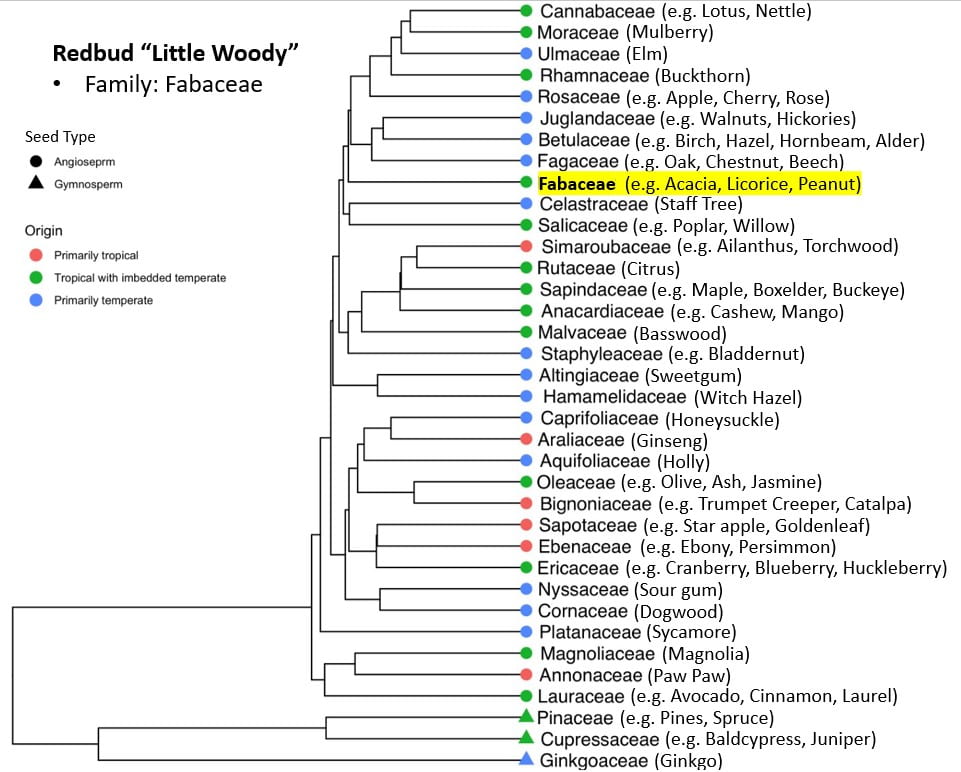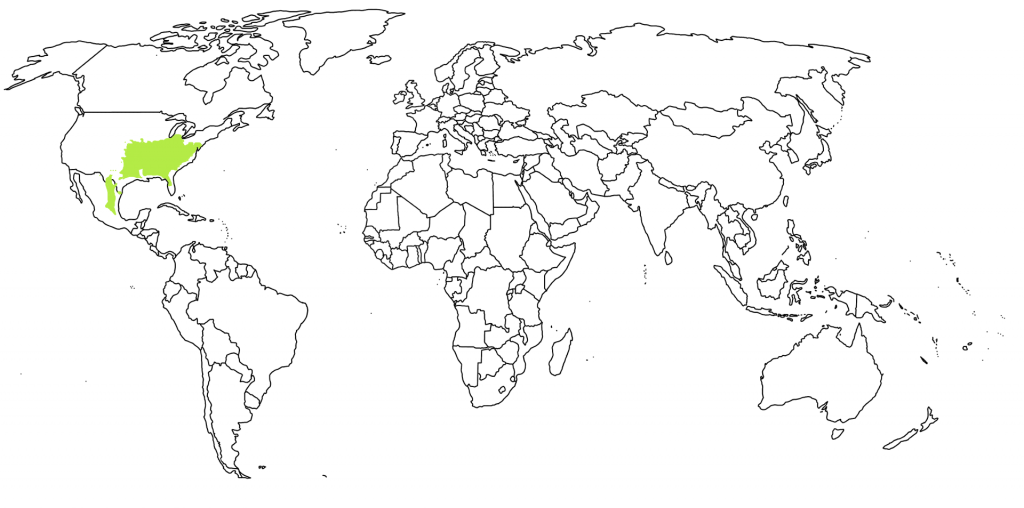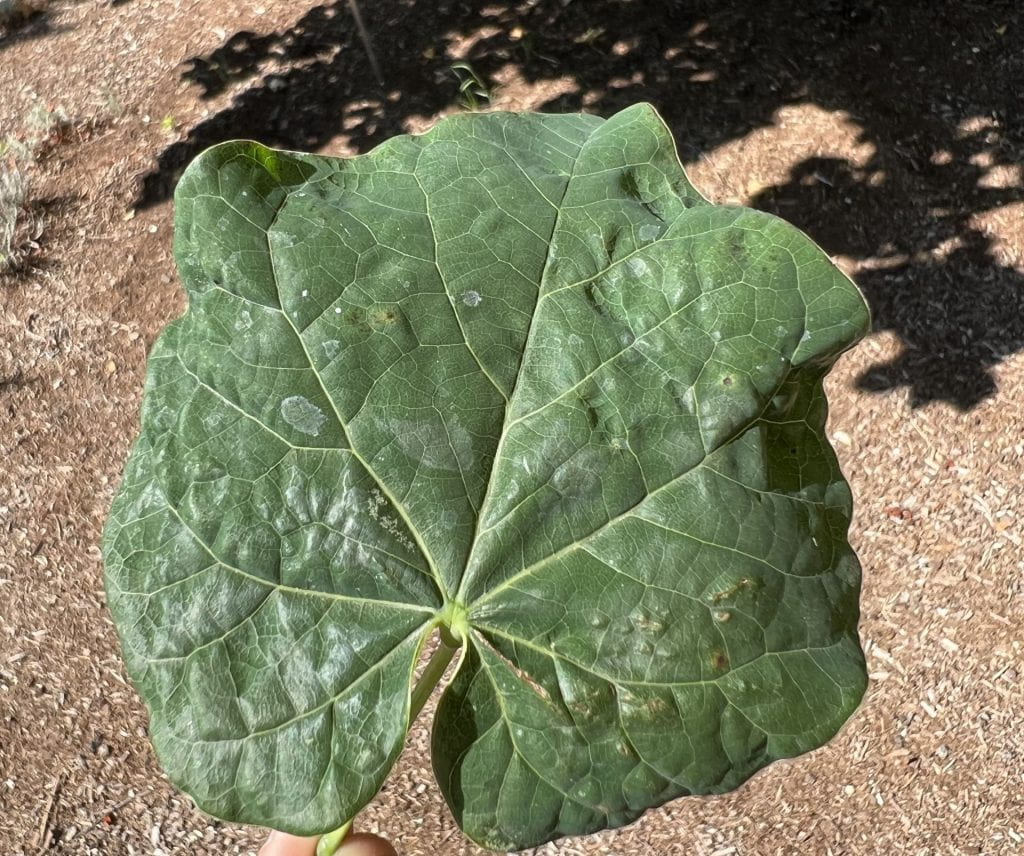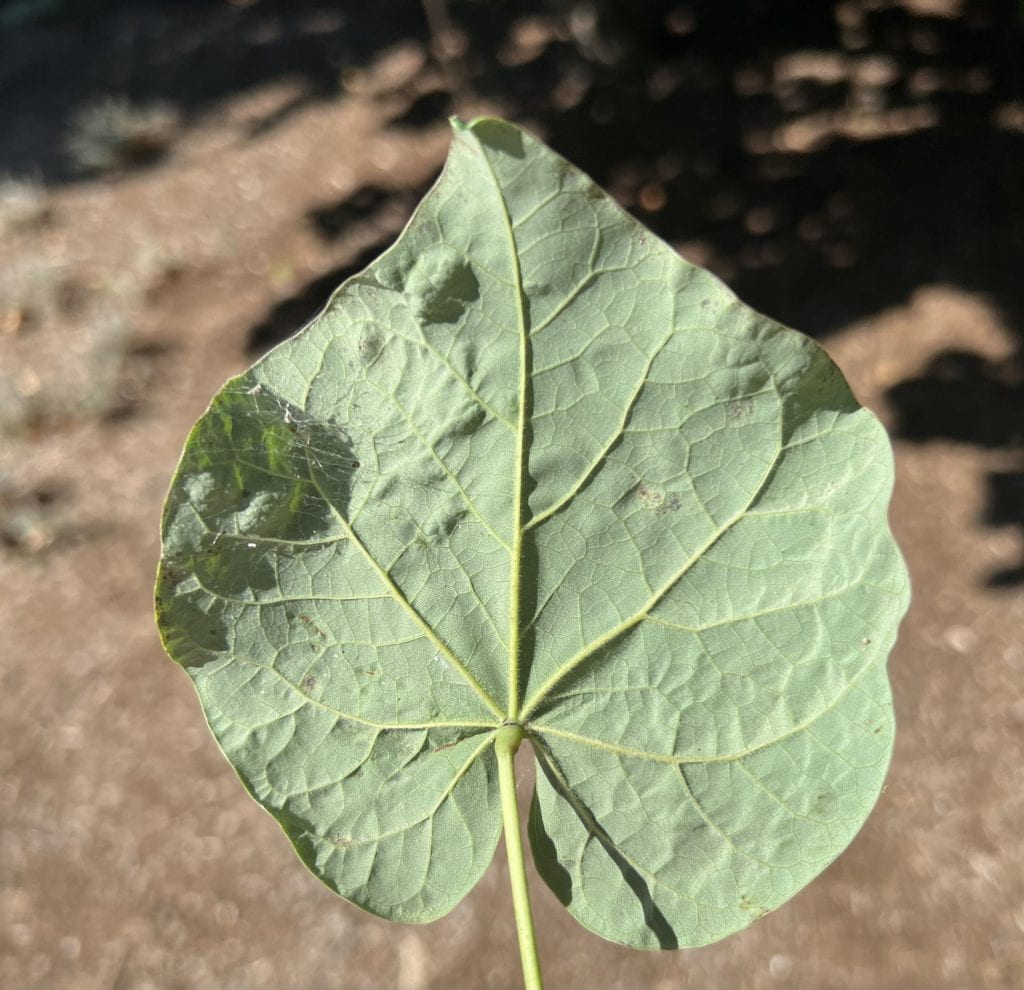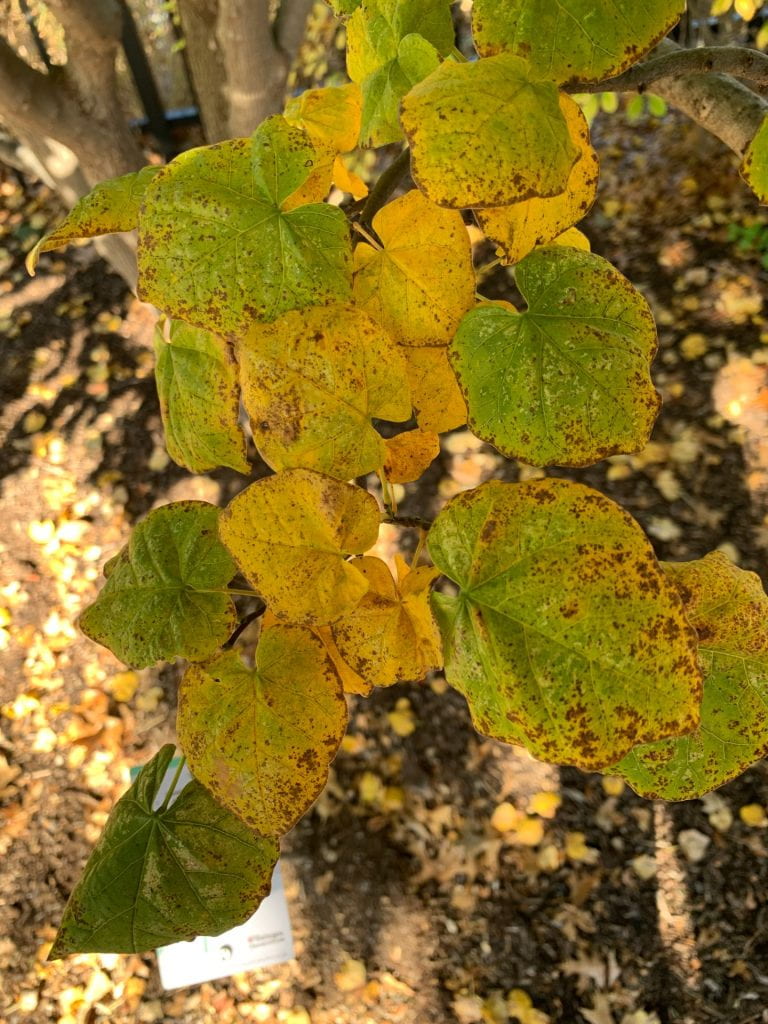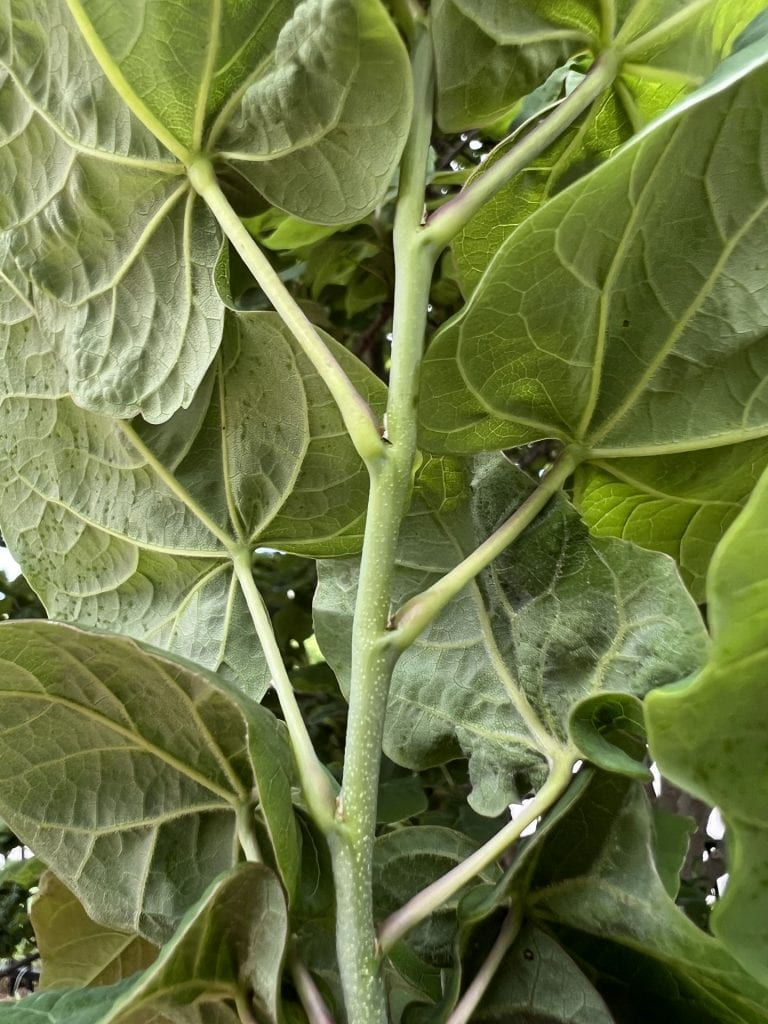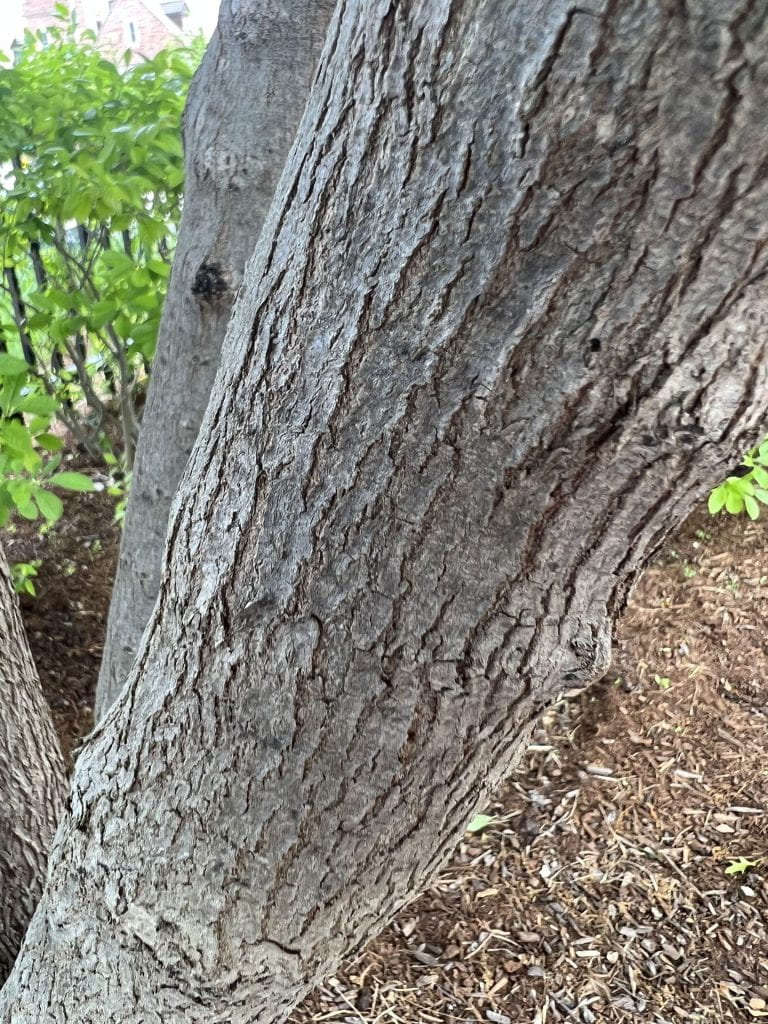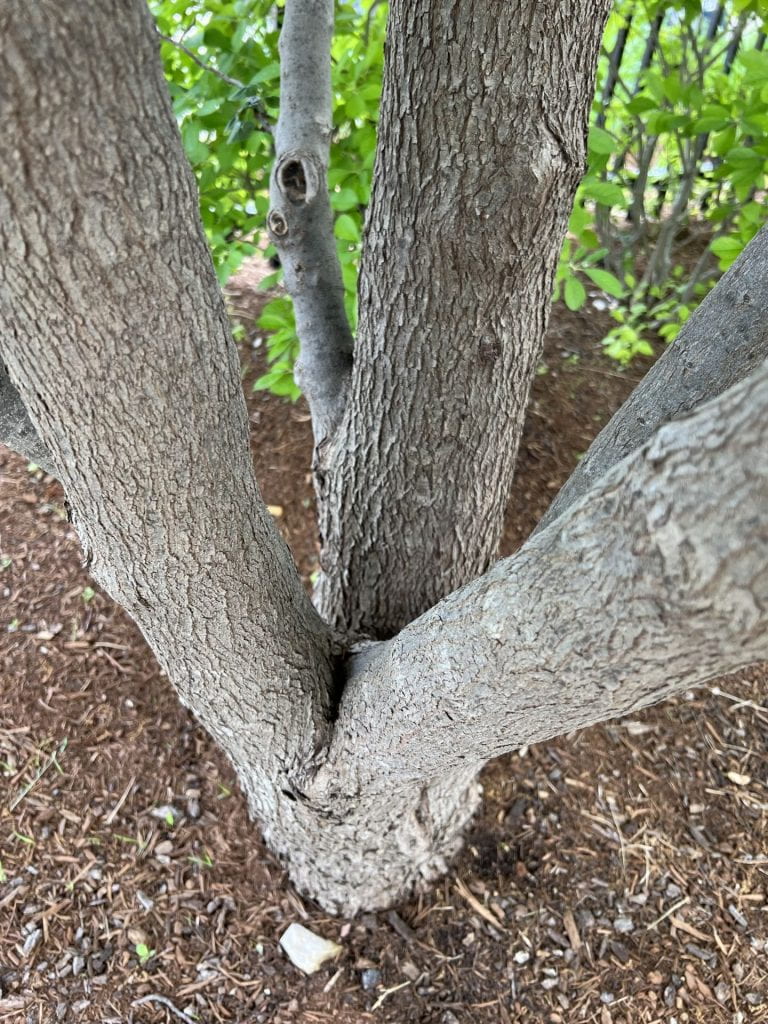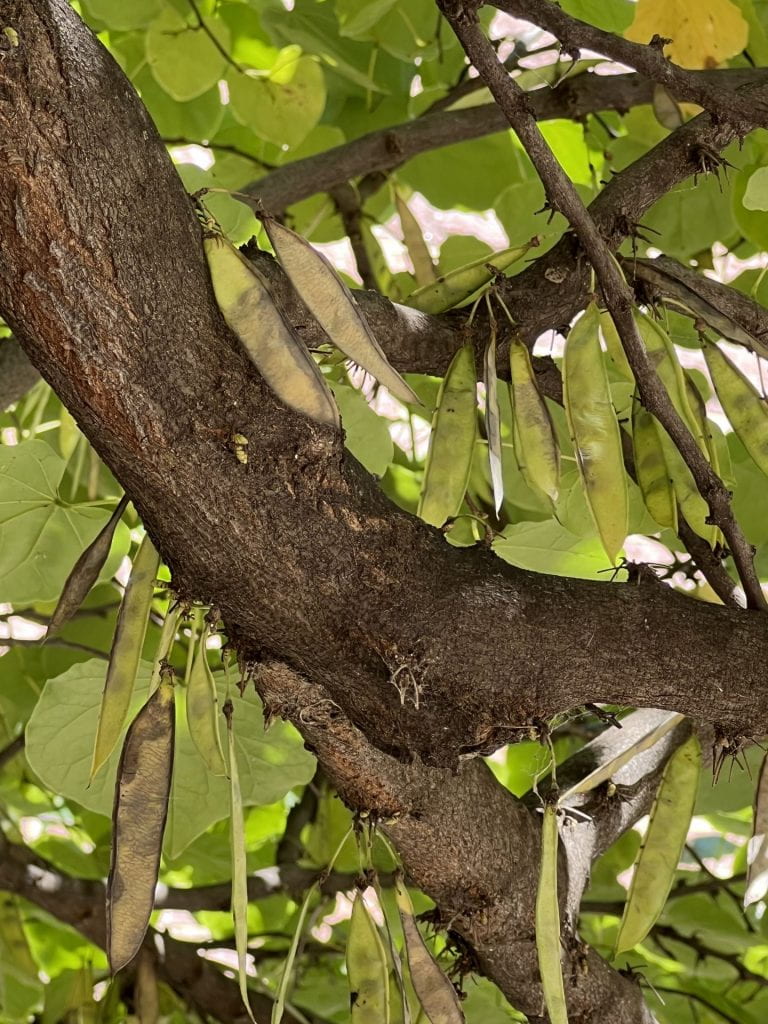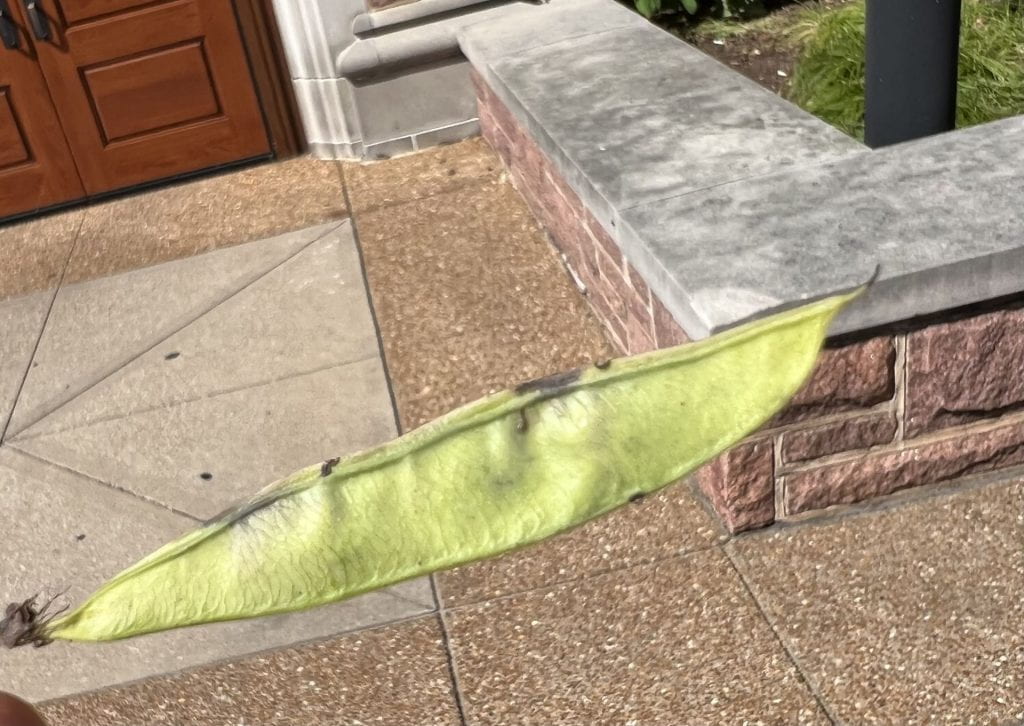Eastern Redbud
Arbor Walk #38, TreeKeeper ID #3141

This deciduous understory tree is the state tree of Oklahoma and is native to Missouri and much of the Eastern and Central US. It grows in medium moisture, medium fertility soils. As a result of its ideal growing conditions, it is found in a variety of environments in the wild, including open woodlands, thickets, woodland margins, limestone glades and along rocky streams and bluffs throughout Missouri. The ‘Little Woody’ cultivar is a dwarf cultivar of the native species, with a stockier and more vase-like shape, which it maintains without pruning. Unfortunately, this tree is not very disease resistant, and is susceptible to forms of blight as well as dieback and leaf spotting.

GPS Coordinates
N/A
Percent Concrete
N/A
Distance to Buildings
| Year | Close Building #1 | Close Building #2 | Close Building #3 |
|---|---|---|---|
| 2020 | Blewett, 56.71 m | DUC, 68.45 m | Gaylord Music Library, 71.08 m |
Distance to Other Species
| Year | Close Species #1 | Close Species # 2 | Close Species # 3 |
|---|---|---|---|
| 2020 | Elm Hybrid, 4.34 m | Elm Hybrid, 7.63 m | Pin Oak, 9.16 m |
Standard Measurements
| Year | Height (m) | DBH (cm) | Caliper (m) | Crown Diameter N-S (m) | Crown Diameter E-W (m) | Average Crown Diameter (m) |
|---|---|---|---|---|---|---|
| 2020 | 5.8086 | 6.7 | N/A | 4.56 | 4.13 | 4.345 |
| 2023 | 6.82 | 8.6/26 | N/A | 5.5 | 4.83 | 5.165 |
Nests and Pests
| Year | Description |
|---|---|
| 2020 | Leaf attached to branch with silk; may be a caterpillar cocoon |
Leaf Identification
Eastern Redbud leaves reach 6″ in diameter, with a recognizable cordate (heart-shaped) base and general heart shape. The leaves are glabrous, yet feel leathery to the touch, especially on the upper surface. The venation is palmate (spreading outward from the petiole). The upper surface is dark green and shiny, and the leaf underside is pale yellow-green. In fall, the leaves brighten and turn yellow.
Twig and Bud Identification
The twigs of the Eastern Redbud are zig zag, changing in color from light green to reddish brown as they mature. They may have white lenticels (pores) when mature. The leaf buds are dark brown, with scales and a rounded ovate shape. Flower buds sprout from mature branches, not new growth twigs.
Bark Identification
The bark is gray-brown and has vertical fissures that form flaking scales as the tree grows.
Fruit Identification
The fruits of the Eastern Redbud are legumes. The seeds are encased in a papery pod that turns from green to yellow-brown in the fall. There are a variable number of seeds in each pod, but an average of 9 per pod. The pods are very much visible on the tree in fall and winter, as they do not fully drop in fall with the leaves.
Flower Identification
The flowers of the Eastern Redbud, like many in Fabaceae (bean family), have irregular flowers that appear to have four petals, but really have five petals: a top “banner”, two “wings”, and two “keel” petals fused together to form the bottom lip of the flower. Eastern Redbud flowers are bright pink to lavender in color, and bloom in clumps out of flower buds directly on the branch on short pedicels. When budding in the spring, the flowers are edible and quite tasty, although please do not harm our trees in the Arboretum.
